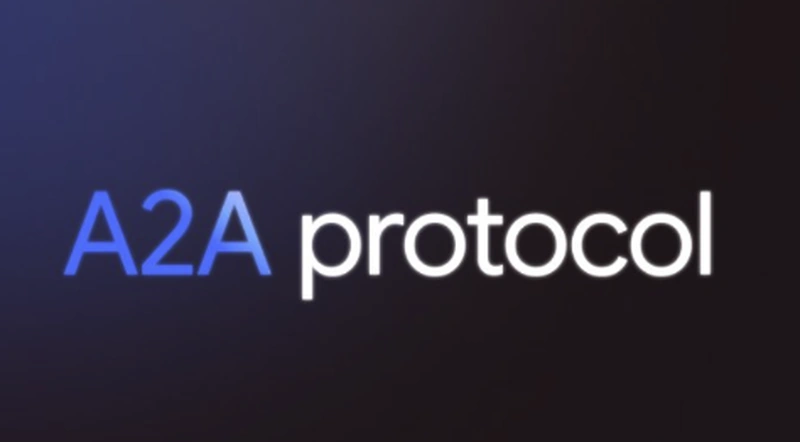Announcing the Agent2Agent Protocol
Announcing the Agent2Agent Protocol

Announcing the Agent2Agent Protocol (A2A): A New Era of Autonomous Collaboration
The team behind the Agent2Agent Protocol (A2A) has officially unveiled the first open standard for enabling autonomous agents to securely communicate, collaborate, and transact across digital ecosystems.
As AI agents continue to evolve — handling everything from personal tasks to enterprise automation — the need for a universal communication layer has become increasingly urgent. A2A addresses this challenge by introducing a shared protocol that empowers agents to interact intelligently, regardless of their platform, framework, or origin.
The Growing Need for Agent-to-Agent Communication
While autonomous agents are becoming more capable, most remain locked within isolated platforms. Without a standard for agent-to-agent communication, they face limitations such as:
- Inability to discover or interact with external agents
- Lack of a shared language for tasks and intentions
- No unified way to establish trust, credentials, or authorization
- Difficulty composing multi-agent workflows
A2A solves these problems by offering a secure, extensible protocol for structured collaboration.
What Is the Agent2Agent Protocol?
A2A is an open and intention-driven protocol that enables agents to:
- Discover each other programmatically
- Exchange structured intents and capabilities
- Authenticate using decentralized identity
- Coordinate multi-step tasks and workflows
- Preserve privacy and control in every interaction
Key Features
Interoperability
A2A supports agents built in any language, framework, or environment using shared schemas and APIs.
Intention-Centric Design
Agents communicate using structured "intents" such as DelegateTask, RequestData, or NegotiateAgreement.
Decentralized Identity & Trust
Each agent is anchored in decentralized identifiers (DIDs) and verifiable credentials (VCs) for authentication and authorization.
Composability
Agents can compose, delegate, and chain actions across domains — enabling rich, cross-agent workflows.
Privacy-Preserving Architecture
With support for encryption, selective disclosure, and consent-based interaction, privacy is built in from day one.
Unlocking Real-World Use Cases
The A2A Protocol opens the door to a wide array of applications, including:
- Autonomous task coordination between personal agents, workplace bots, and service providers
- Cross-platform automation that spans APIs, apps, and cloud services
- Agent-powered marketplaces where buyers and sellers interact without intermediaries
- Decentralized identity and reputation systems built on agent-to-agent trust
Available Resources
To support adoption, the A2A launch includes:
- SDKs in Python, TypeScript, and Rust
- A schema registry for shared intents and capabilities
- An open testnet with simulated agents
- A developer portal featuring tutorials, playgrounds, and documentation
What's Next?
Future roadmap items include:
- Agent reputation and trust scoring
- A global registry of discoverable agents
- Expanded governance frameworks
- Interoperability with existing standards like DIDComm, FIPA, and ActivityPub
Get Involved
The A2A Protocol is fully open source and community-driven. Developers, researchers, startups, and enterprises are invited to:
- Explore the protocol on GitHub
- Join the A2A developer community
- Contribute to the evolving spec and ecosystem
To learn more, visit a2a-protocol.org (link placeholder).
#Agent2Agent #A2AProtocol #AutonomousAgents #AIInfrastructure #DecentralizedAI #AgentEcosystem #IntelligentAutomation #AIStandards #Interoperability #MultiAgentSystems #Web3AI #OpenProtocol #DigitalIdentity #FutureOfAI #AIProtocols #Composabilit
1 comments
Madison
June 20, 2025, 3:14 a.m.This is a fantastic announcement—Agent2Agent protocol looks like a huge leap toward enabling AI agents to communicate and collaborate more effectively. My thoughts: giving agents a structured way to share context and coordinate actions opens up exciting possibilities for complex task automation. Can’t wait to see real-world applications emerge!
